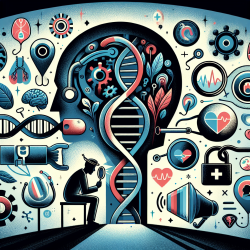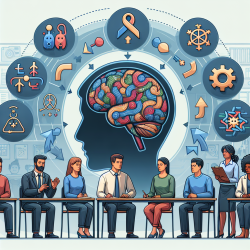Three primary components emerged from the review:
- Effective Teaching Strategies: Incorporating various teaching methods such as group sessions, lectures, videos, workshops, and home visits can significantly enhance students' understanding of disabilities. These methods not only improve clinical skills but also foster empathy and better communication with patients.
- Competencies Required: A well-designed disability curriculum should focus on developing key competencies like empathy, communication skills, and a deep understanding of patients' needs. This comprehensive approach helps in reducing bias and improving the quality of care.
- Impact on Medical Students: Exposure to a structured disability curriculum positively changes medical students' attitudes towards patients with disabilities. It increases their confidence, comfort, and ability to provide holistic care.
For practitioners, implementing these findings can lead to significant improvements in patient care. Here are some actionable steps:
- Integrate Diverse Teaching Methods: Use a combination of lectures, hands-on workshops, and patient interactions to provide a well-rounded understanding of disabilities.
- Focus on Key Competencies: Develop training programs that emphasize empathy, effective communication, and understanding of patients' daily challenges.
- Continuous Evaluation: Regularly assess the impact of disability education on practitioners' skills and attitudes to ensure ongoing improvement.
Encouraging further research in this area is essential. Practitioners can contribute by sharing their experiences, participating in studies, and staying updated with the latest findings in disability education.
To read the original research paper, please follow this link: A scoping review for designing a disability curriculum and its impact for medical students.










